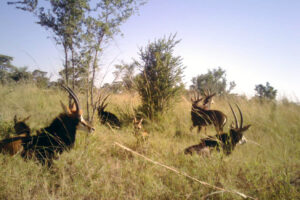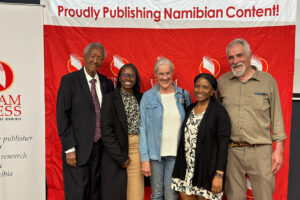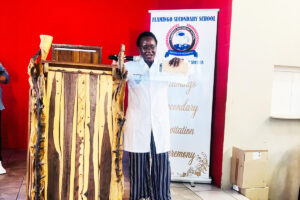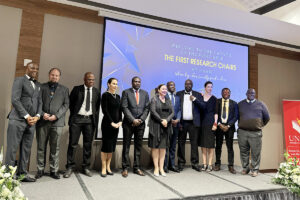Occasional floods (Efundja) in the Cuvelai basin are a source of welcomed resources like food and water for communities in the northern regions. The source of these resources upstream of the Cuvelai in Angola is not always clear, due to the interconnectedness of the Cuvelai basin rivers, dams, and channels (Oishana), and the rainfall patterns in the Angolan catchment area, where the flood water originates from.
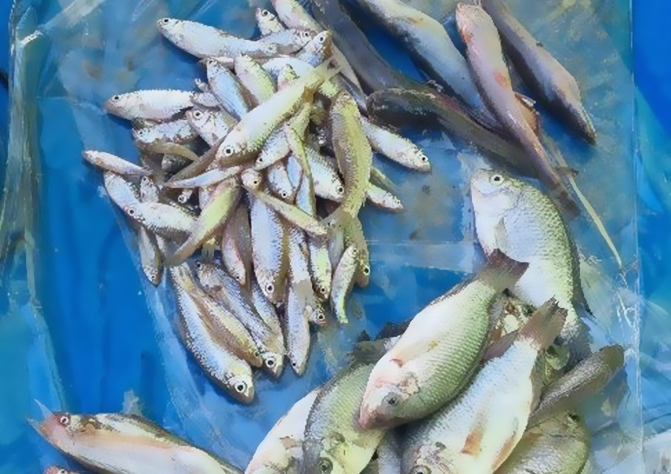
The Cuvelai basin is also one of the most densely populated areas in Namibia, with several domestic activities making use of flood water and fish for various purposes. However, the nature of the flush floods and network of the Cuvelai basin has posed more challenges and calls for disaster management. The nature and activities profile for this basin’s upstream catchment is not well known and could be a source of water contamination through runoffs during the rainy season. The environment in which fish thrives before the water flows remains unknown and downstream users in northern Namibia are at risk of receiving contaminated water and fish. With this comes quality concerns.
A team of researchers from UNAM’s Sam Nujoma Campus recently undertook research on flooded areas of the Ohangwena region, namely Oshikango, Engela, Ohaingu, and Ongenga. The objectives of the study are: – to identify and document fish biodiversity; to determine the heavy metal presence or absence in water and fish species found in the flood streams, taking into consideration the suitability and consumption category they fall under; to quantify nutritional values for food security purposes; and to document fishing activities, fishing gear and any regulations governing such activities. The study also aimed to get fishers’ perceptions on benefits and challenges of the flood.
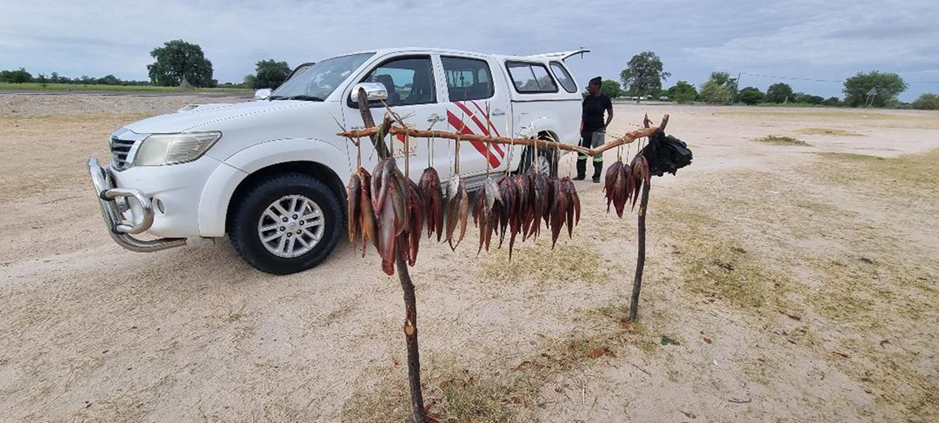
The wealth of knowledge fishers possess, together with the research findings has potential socio-economic multiplier effects and benefits to inform sustainable development and livelihood improvement opportunities for flood-prone areas. If well managed, there is huge potential to move floods from a disaster and threat situation towards a strength for this area. The research findings will be shared with the communities in due course.
Original story by: Dr Hilkka O.N. Ndjaula (SANUMARC)


